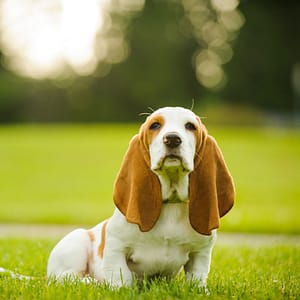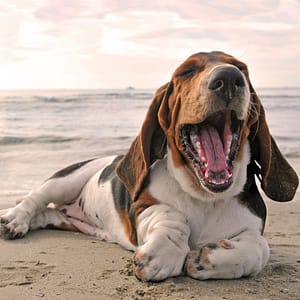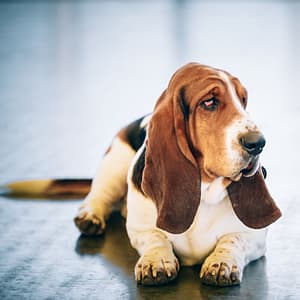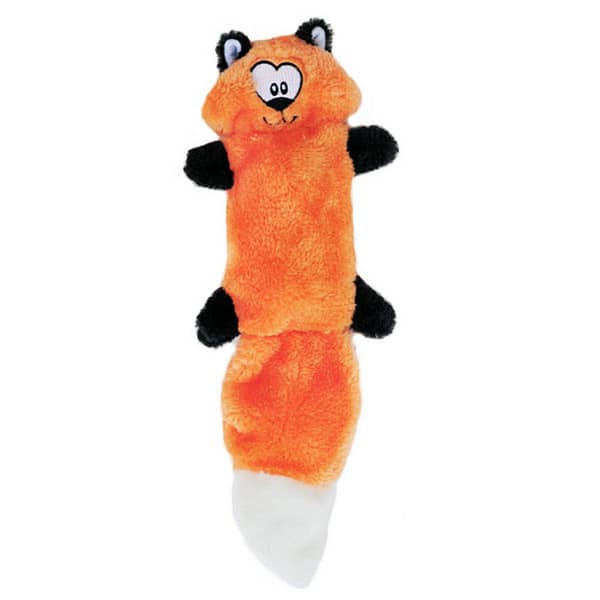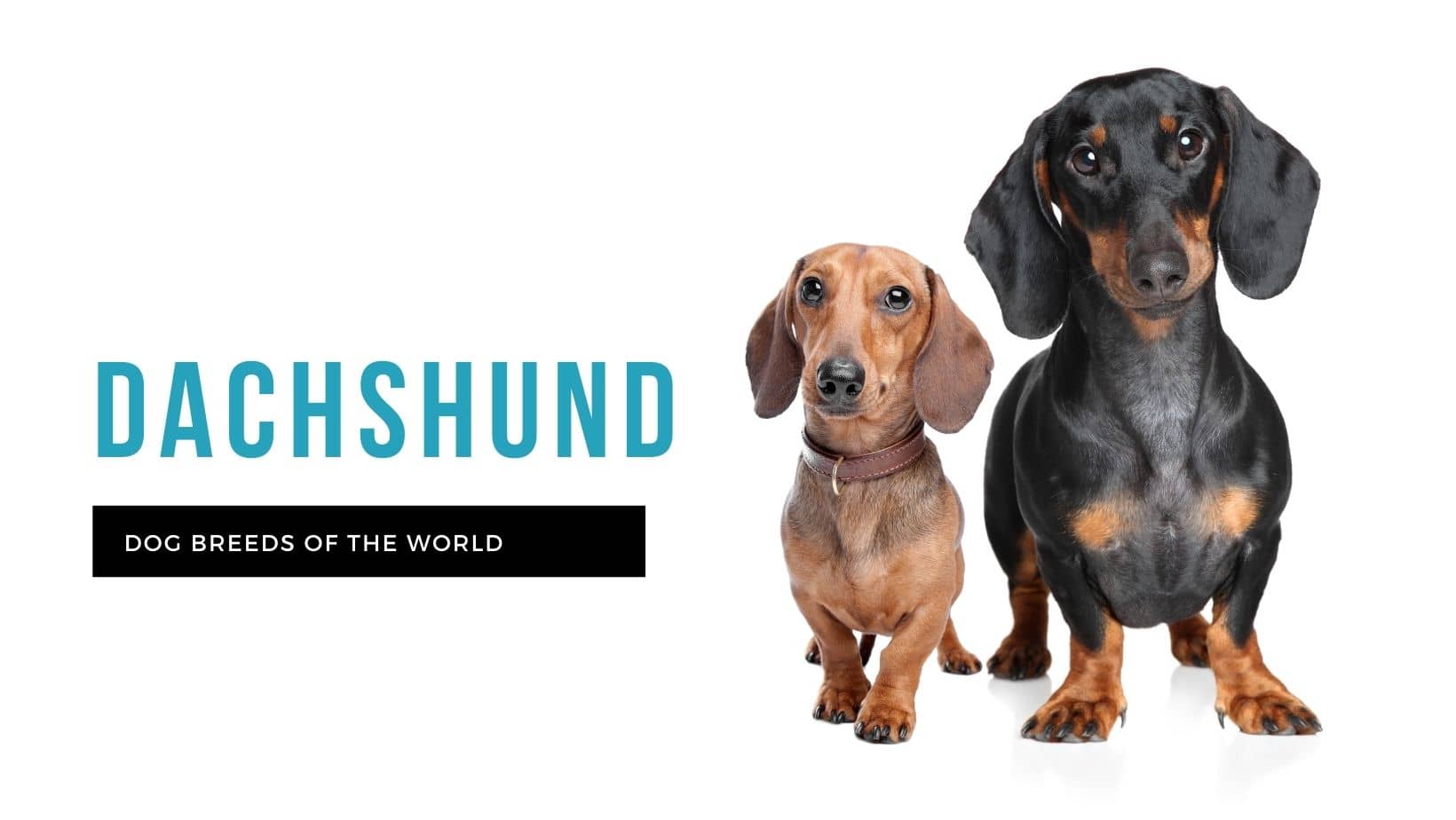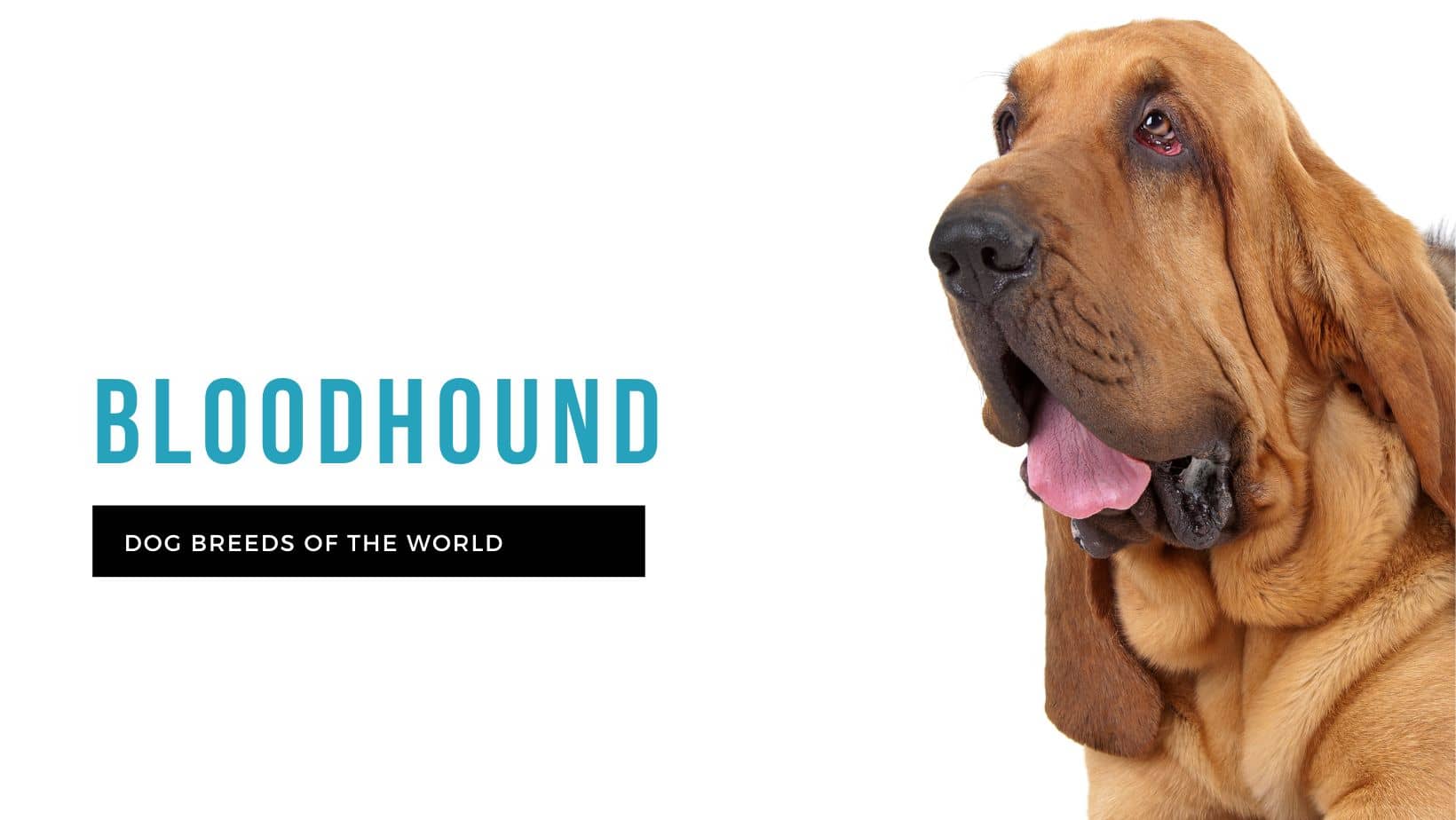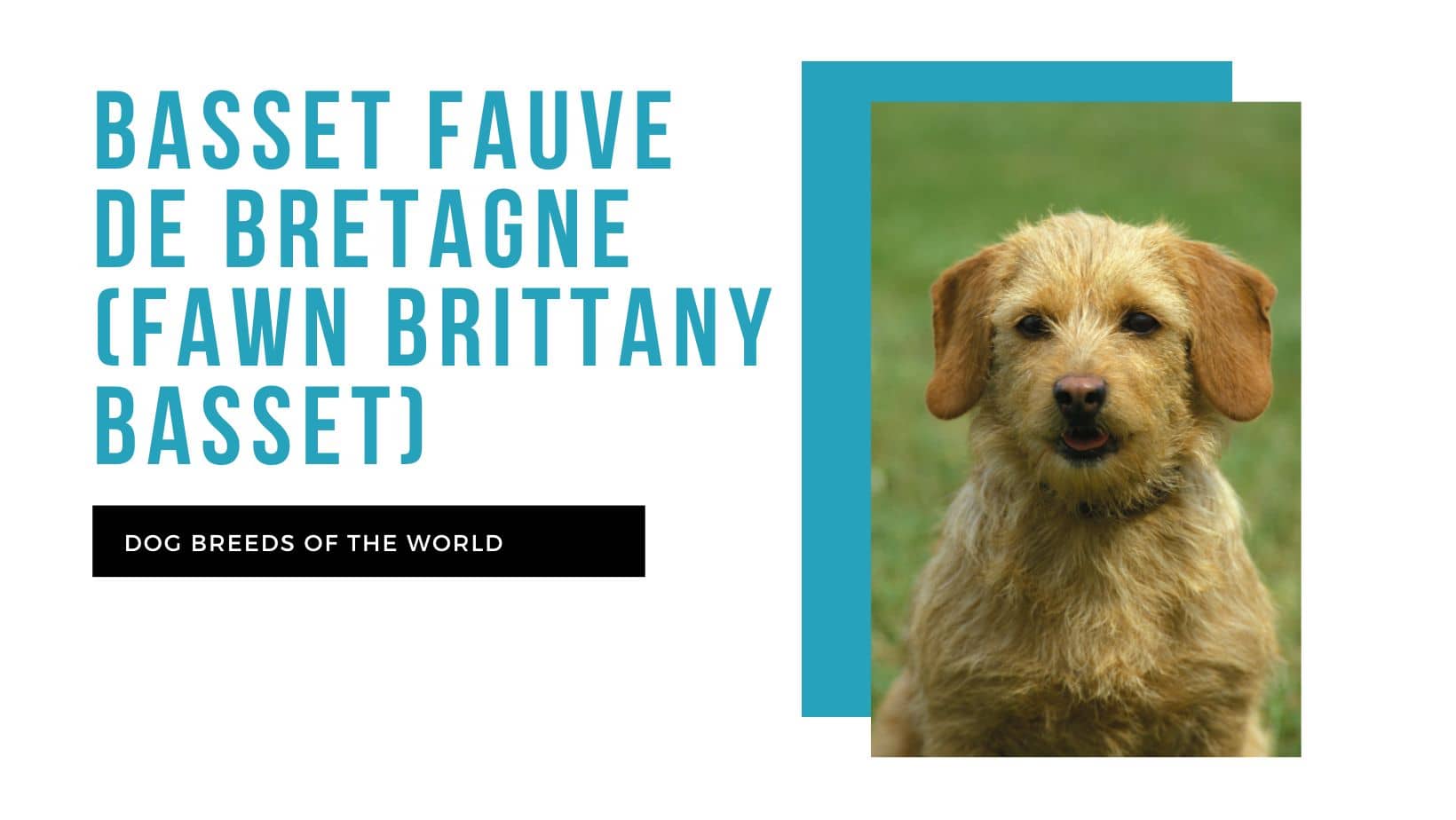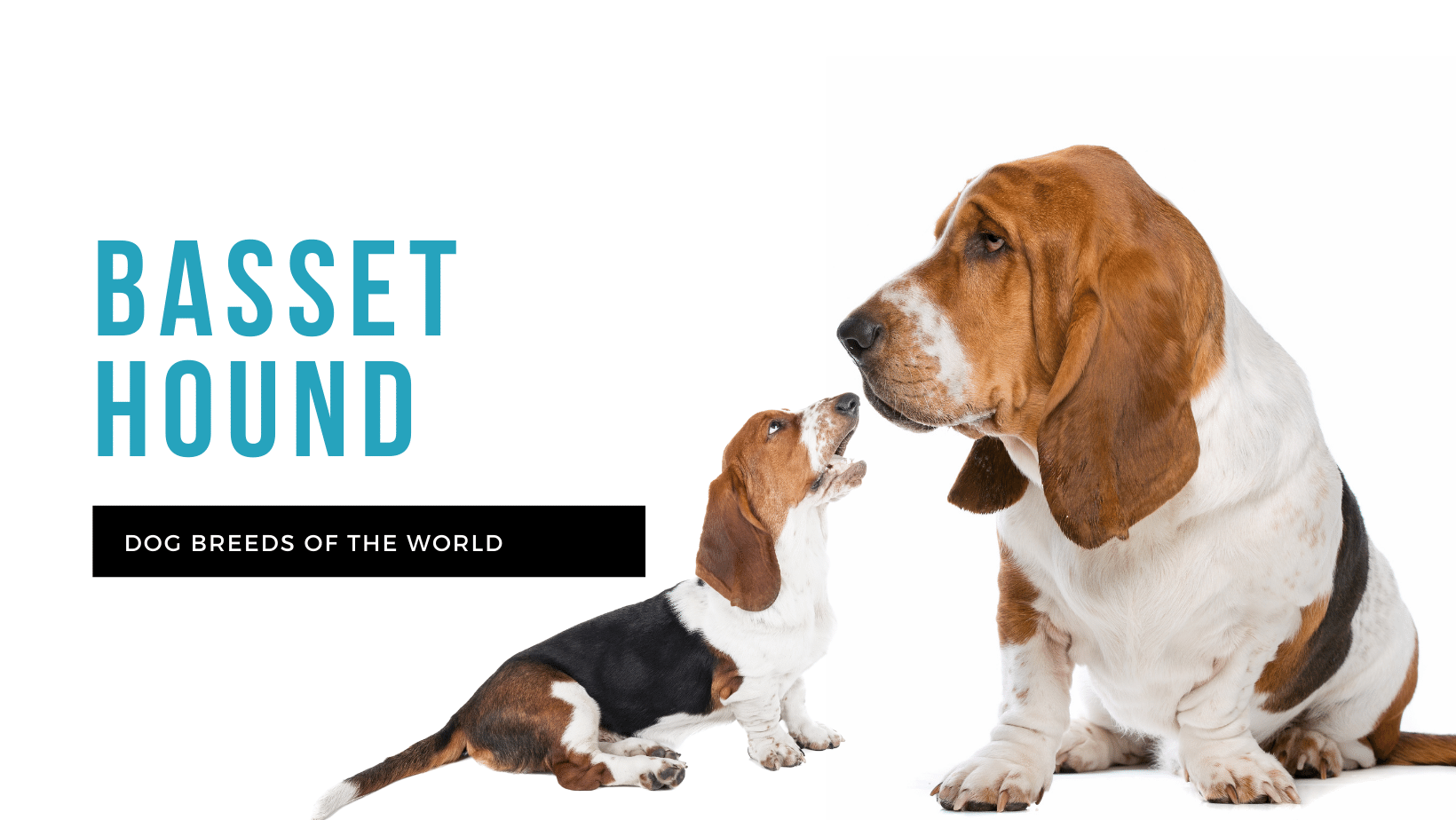
Imagine that one lazy friend who comes over to chill on your couch and eat your snacks… that’s the basset hound. When he’s out on the hunt, he can be tenacious and one-track-minded, as most scent hounds are, but as a member of the family the basset hound is affectionate, friendly and docile.
The basset is stubborn to train, but the creative use of food rewards will get him to do your bidding. He’s an easy candidate for first-time pet owners and he is very gentle with young children.
History
The basset hound’s early ancestors appeared in France in the 1500s and were likely descended from the St Hubert’s hounds of the 6th century. Bred for hunting foxes and badgers, the basset’s nose was his strongest asset, and remains so today. The first short-legged basset was considered a mutation, but instead of seeing this breeding anomaly as a disadvantage, bassets became prized for their ability to go after rabbits and hares under low, dense brush.
Basset hounds were favoured amongst the hunting French aristocracy and by the middle of the 1800s, they were imported to England for the first time by Lord Galway. The first litter of puppies wasn’t shown, so bassets remained unknown in England until 1874 when Sir Everett Millais imported bassets and started breeding them along with other breeders. By the late 1880s, English dog shows as well as English royalty thrust the basset hound into the spotlight and his popularity soared.
It was only in the early 20th century that the basset hound’s popularity in the USA suddenly took off, when a basset featured on the cover of TIME Magazine to promote the Westminster Kennel Club Dog Show at Madison Square Garden. Since then, the basset’s unique looks and calm personality have made him a favourite amongst advertising mascots, cartoon strips, and movie characters.
Temperament
The basset hound is a relaxed, even-tempered and sociable dog. Bassets were bred to hunt in packs, so this breed loves the company of others and should never be left alone. He loves everyone – adults, children, and other dogs – and has an easy personality, so he would make an excellent breed for novice dog owners to handle.
The basset is very calm to the point of seeming lazy, but he’s quite alert and has a deep, scary voice, so he will bark when he senses an intruder, which makes him an ideal watchdog.
The basset’s droopy face and big, dark eyes give him a pleading expression. This, coupled with his love of scenting and food, means he’s a good candidate for winning people over and for thus being overfed. Bassets are notorious for obesity, so it’s important that owners make the time for a daily walk and a moderate amount of exercise…even if his short legs make it seem like he’s ill-equipped for sports!
Health
Basset hounds that are fed the correct portions and given moderate exercise are generally able to live long and healthy lives. However, some bassets – like all purebred dogs – will be prone to certain health problems and it’s important for basset owners to be aware of them.
- Hip and elbow dysplasia
-
- Bloat (gastric dilatation volvulus) – Bassets are susceptible to bloat because of their large appetites. If a basset quickly eats a large meal in one go, then drinks a lot of water and goes out for a romp, it can cause his stomach to twist and cut off blood supply. This is a life-threatening condition and needs immediate medical treatment.
- Von Willlebrand’s disease – A blood-clotting disorder that causes excess bleeding because the blood doesn’t clot fast enough. It’s hereditary and precaution should be taken, especially if the dog needs surgery.
-
- Thrombopathia: Similar to Von Willebrand’s disease.
- Eye problems – Bassets are prone to eye problems like glaucoma, ectropion and entropion (where the eyelids turn outwards or inwards, respectively, and cause injury to the eyes), and cherry eye (in which a gland protrudes and looks like a pink cherry in the corner of the eye. It can be corrected with surgery).
- Patellar luxation – When the dog’s kneecap doesn’t quite line up with the tibia and the femur, it can slip out of place and cause the dog to walk with a strange gait or limp. Uncorrected patellar luxation can cause arthritis and serious joint pain.
- Panosteitis (transient lameness) – Slight or serious lameness in young basset hounds, with no known cause or trigger. It is often misdiagnosed as dysplasia or a luxating patella, but if it occurs in puppies, they can grow out of it by two years old. It’s important to get a second opinion before approving surgery, in case the vet performs an unnecessary procedure for a condition that may very well correct itself.
- Intervertebral disc disease – This is a back problem that ‘long’ dogs like dachshunds, bassets and beagles experience when there’s too much pressure on their vertebrae, from trauma, genetics or simply moving in the wrong manner. Sometimes the discs need to be surgically removed or, if not yet too severe, it can be treated with doggy chiropractic.
- Ear infections (see the grooming section)
- Allergies – Bassets can be prone to developing food and environmental allergies. Watch out for skin inflammation and redness, ear-scratching and other signs of irritation.
- Obesity – Bassets’ pleading eyes and sedentary lifestyles are very often the cause of their obesity. What basset owners may not realise is that being overweight will exacerbate any other problems the basset may have, especially with conditions that affect his bones and joints. An overweight dog is also a young dog, as obesity can drastically shorten a dog’s lifespan.
Exercise Requirements
If the basset could speak, he’d probably tell you that he’s A-okay with lying on the couch, sharing your pizza and having his belly rubbed. All day. However, as a hunting breed, this low-to-the-ground ball of quirkiness actually has quite a lot of stamina built up and he can definitely benefit from a moderate amount of daily exercise. He has to keep active or runs the very real risk of gaining too much weight, which is not only unhealthy in itself, but can lead to a number of other obesity-related health problems such as back and leg joint injuries.
Bassets are easy-going dogs in all respects… except when it comes to training. They are stubborn and won’t simply do anything for the sake of it, except when there’s a food reward involved, and even then he’ll take a moment to consider if it’s worth it. Basset owners need plenty of patience (and bits of chicken) to encourage obedience out of their beloved dogs.
The basset should be leash-trained from early on to ensure he doesn’t try to wander off after an interesting scent while out on a walk. He will also benefit from a large, fenced yard where he can run, play and follow some scents without the risk of running off somewhere. Nevertheless, basset owners would do well to instil the ‘come’ or recall command in their dogs from a very early age.
Never treat a basset hound harshly. It will only activate his stubbornness even more and break his trust. Consistent and rewards-based training only!
Grooming Requirements
Bassets have a short, smooth, water-repellent coat. His coat is dense, but that doesn’t mean he’s very tolerant of cold weather, so keep him warm in winter. The basset is an easy candidate when it comes to grooming, as he only needs a weekly brush with a short-bristled brush or a grooming glove, or even a textured cloth. He only needs a bath if he’s rolled in something stinky or is a regular dustbin diver. He sheds all year round, but his weekly groom should keep this under control.
Pay attention to the basset’s ears. They are characteristically long and droopy, so there’s less air circulating near his inner ear, making it more prone to inflammation and infection. After doing the basset’s weekly brush, clean the inside of his ears with a vet-recommended ear solution. Also wipe down and clean in between the facial folds to prevent any skin infections. The basset also drools a lot, so use the opportunity to really clean his face.
Brush the basset’s teeth at least three times a week and trim his nails once or twice a month. You should not be able to hear his nails clicking on the floor – long nails can be painful for a basset.
Ratings
Friendliness to other pets
Friendliness to strangers
Behaviour towards children
Statistics
| Size |
Large |
| Type |
Hound group |
| Average adult weight |
28 kg |
| Average adult height |
35 cm |
| Average life span |
12 years |
| Breed family |
|
| Area of origin |
France/England |
Gallery
Product suggestions
Similar breeds


